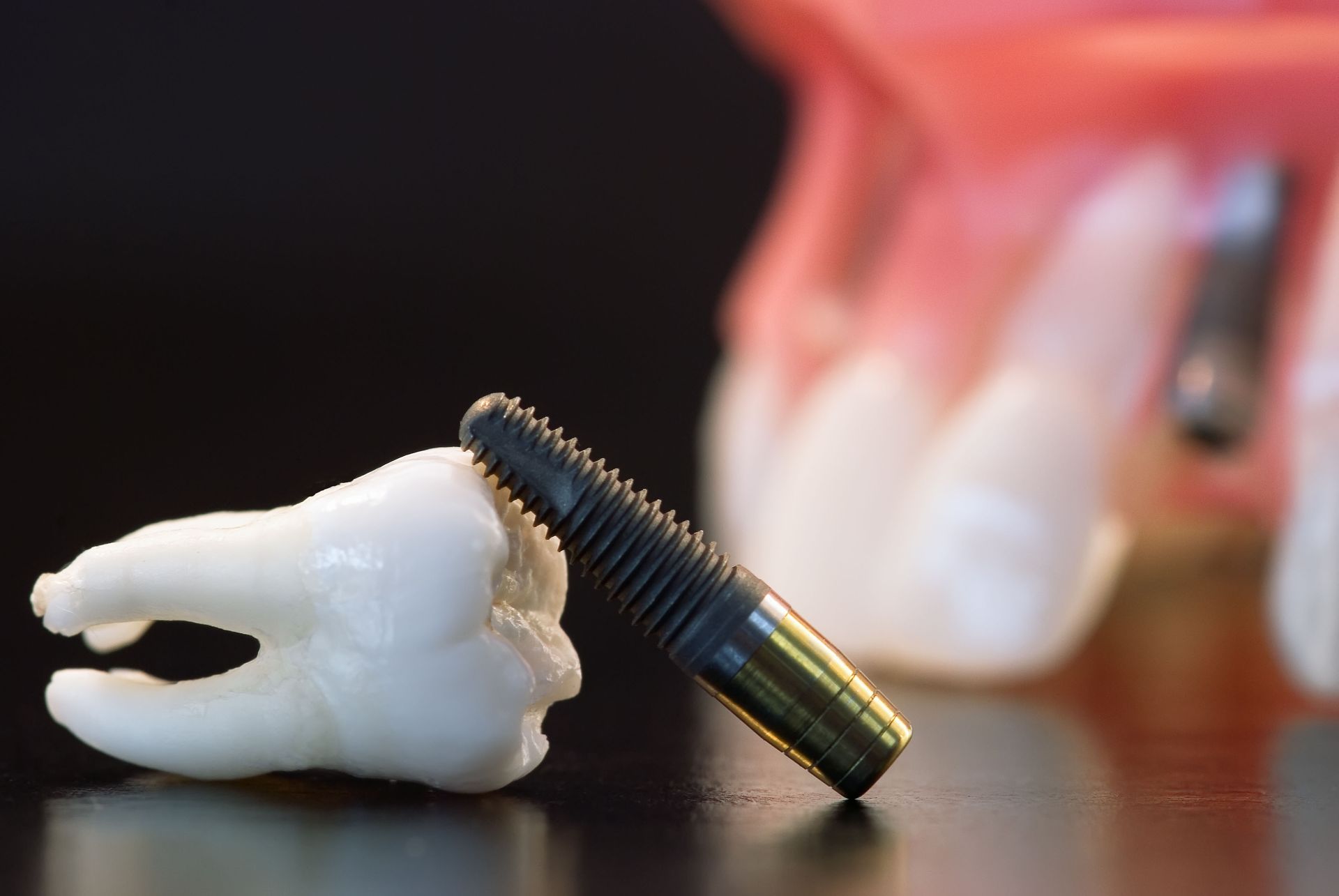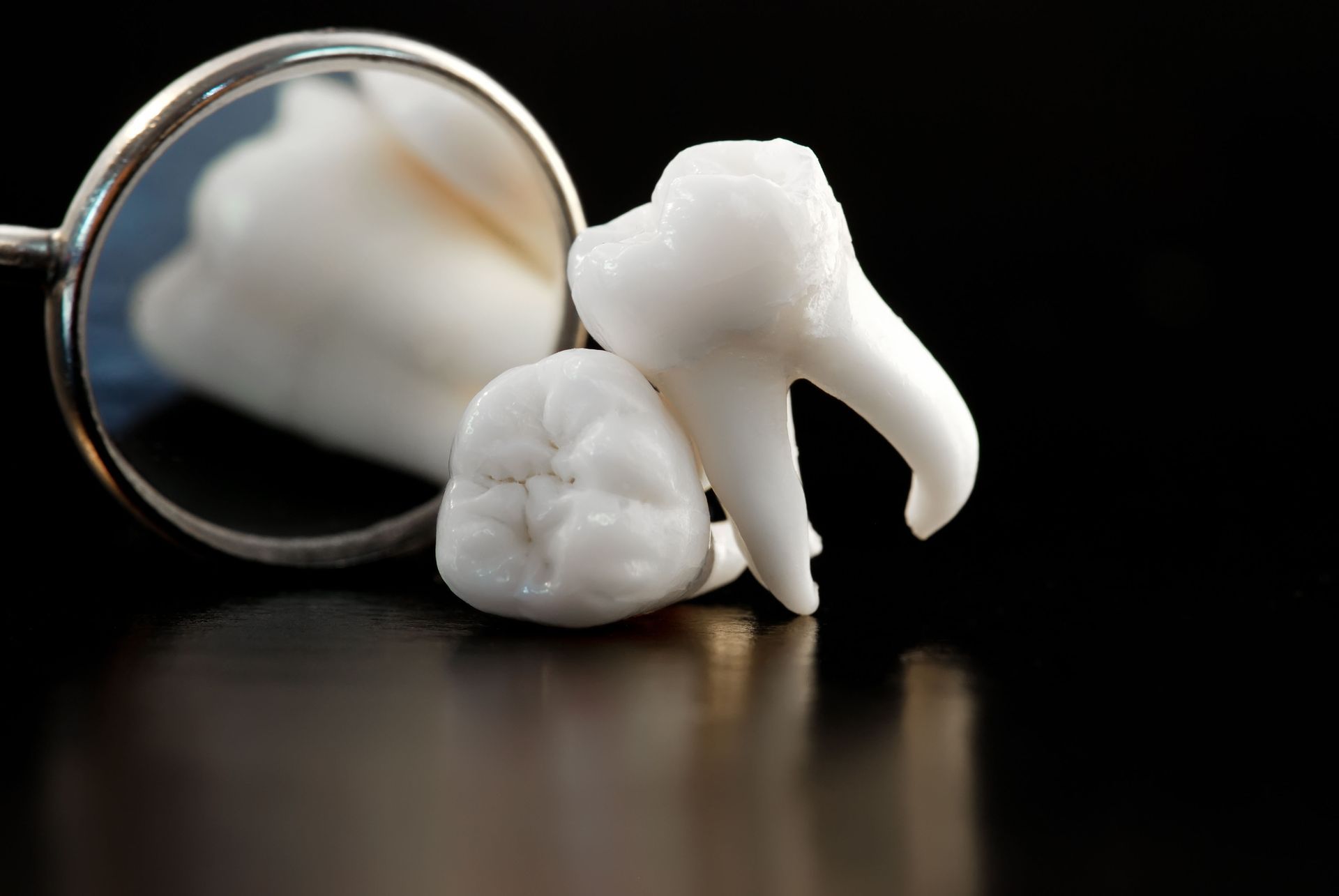When to See an Emergency Dentist: Signs You Need Urgent Dental Care
The importance of dental health cannot be overstated, as it plays a crucial role in our overall well-being. While routine dental visits are essential for maintaining oral hygiene, certain situations demand immediate attention from a professional. In this article, we will explore various scenarios where seeing an emergency dentist becomes imperative.
1. Severe Toothache and Oral Pain
Persistent Pain That Does Not Subside
Persistent toothaches can significantly impact daily life, affecting everything from eating to speaking. Such pain may indicate various underlying issues, from cavities to more serious infections. Ignoring this persistent pain might allow these conditions to worsen, leading to more extensive treatments in the future. Therefore, seeking immediate dental care for persistent toothaches is essential in pinpointing and addressing the root cause. An emergency dentist can provide diagnosis and relief for unremitting pain, reducing the risk of future complications. According to NIH.gov, approximately 90% of adults aged 20-64 have had tooth decay.
Pain Accompanied by Swelling
When a toothache is joined by noticeable swelling, it could be indicative of a profound issue requiring instant care. Swelling is often a body’s response to infection, such as an abscess, which can be life-threatening if left untreated. Emergency procedures are necessary to drain the abscess and administer antibiotics to prevent the infection from spreading. Seeing an emergency dentist swiftly can mitigate serious health risks while providing relief from pain and swelling.
When Over-the-Counter Pain Relievers Fail
If over-the-counter pain medications fail to reduce tooth pain, this may indicate a dental emergency requiring immediate professional care. Tooth pain that persists beyond the temporary relief provided by analgesics often suggests a deeper issue. Unless promptly addressed, these conditions can deteriorate, leading to further damage or complex treatments. An emergency dentist can provide more potent pain management solutions and determine necessary procedures to treat the root cause of pain. Therefore, timely intervention remains crucial in mitigating dental health risks.
2. Knocked-Out Tooth
Immediate Steps to Take After Tooth Ejection
The chaotic experience of a knocked-out tooth demands swift action to increase chances of reimplantation. Carefully handling the tooth by its crown—not the root—is essential in preventing additional damage. While seeking professional care, it’s advisable to gently rinse the tooth and attempt to place it back in its socket, or keep it moist with saliva or milk. These immediate steps play a vital role in preserving the tooth's viability until dental attention is available. Timely interventions are critical in these scenarios, aligning with the natural preservation instinct.
Optimal Time Frame for Reimplantation
The success of reimplanting a knocked-out tooth largely hinges on the timing, with the first hour being particularly crucial. Prompt professional intervention within this window significantly increases chances of a successful reimplantation and prolonged tooth survival. However, even if more time has elapsed, visiting an emergency dentist remains vital, as there might still be avenues for effective treatment. Understanding this crucial timeframe is key for anyone experiencing or witnessing such dental emergencies. The focus remains on preventing long-term tooth loss whenever possible.
3. Broken or Chipped Tooth
Types of Fractures and Their Urgency
Understanding the different types of tooth fractures helps determine the urgency of dental intervention. Minor chips may be manageable with less immediate care, while deeper fractures involving the pulp or the root demand expedited attention. These critical fractures can lead to severe infection or even tooth loss without timely intervention. An emergency dentist is vital for accurately diagnosing the fracture's severity and planning appropriate treatment. Immediate attention provides outcomes, preventing complication escalation.
Associated Pain and Sensitivity Issues
Broken or chipped teeth often bring pain and heightened sensitivity, significantly impacting everyday functions. Such discomfort can hinder tasks such as eating, drinking, or even talking, necessitating urgent dental care. Finding precise pain origin and managing it through dental interventions helps in returning to routine comfort. Delaying treatment not only exacerbates these sensitivity issues but can also allow decay or infection to set in. Direct consultation with an emergency dentist is crucial for immediate relief and ongoing comfort.
4. Lost Fillings, Crowns, or Dental Restorations
Recognizing the Symptoms of a Lost Restoration
Losing a dental restoration can leave the affected tooth defenseless, leading to potential problems. Immediate signs might include sensitivity, irregular shapes, or even pain in the area devoid of protection. Recognizing these symptoms early allows for quicker preparations to seek emergency dental care. A professional can quickly replace the lost filling or crown, restoring the tooth's integrity. Urgent response minimizes exposure to further decay and complications.
Potential Complications from Delayed Treatment
Choosing to procrastinate on replacing a lost dental restoration can lead to severe consequences. Unprotected teeth are prone to decay, cavities, and even infections necessitating more invasive treatments over time. Allowing time to elapse without professional consultation increases the risk of needing more extensive procedures. Swift dental intervention helps avoid these scenarios by reinstating the protective layers of the structure. Immediate action preserves dental health and forestalls future challenges.
Replacement and Repair Options
Varied options abound for addressing lost fillings, crowns, and restorations, guaranteeing an effective correction. Replacement fillings, customized crowns, and implant-supported restorations are among the choices explored by dental experts. On assessment, professionals determine the most viable remedial route tailored to the individual's dental context. These measures reinstill function and aesthetics, providing a dependable and durable solution. A dentist’s guidance is indispensable in navigating appropriate restorative options, optimizing oral health outcomes.
5. Gum or Oral Infections
Symptoms Indicating Urgent Treatment
Some infection symptoms necessitate instant dental attention to prevent severe health implications. High fever, pus discharge, or relentless pain all signal the need for rapid professional care. Comprehensive diagnosis by a dentist can unveil potential abscess formations or gum disease needing intervention. Urgent treatment reduces the risk of infections propagating within oral compartments or the bloodstream. Understanding when to seek immediate help protects oral and systemic health.
Prevention and Protective Measures
Effective prevention strategies and protective steps ward off oral infections and associated complications. Regular brushing, flossing, and professional cleanings create healthy oral environments, deterring bacterial overgrowth. Lifestyle modifications, such as balanced, nutritious diets and smoking cessation, lower infection susceptibility. Professional recommendations tailored to specific oral health profiles optimally shield against infections. Commitment to quality oral care and periodic dentist visits remains indispensable in protecting dental health.
6. Unexplained Bleeding and Swelling
Situations Where Bleeding Requires Urgent Attention
Unanticipated oral bleeding can signal significant health issues warranting immediate dental evaluation. Spontaneous gum bleeding that persists beyond normalcy indicates potential conditions such as gum disease or clotting disorders. Urgent dental intervention helps in revealing underlying causative factors and implementing corrective treatments. Addressing such bleeding swiftly prevents escalation into more complex conditions. Early professional assessment plays a pivotal role in curtailing adverse health implications.
Management and Preventive Strategies
Effective management and proactive strategies form the backbone of preventing oral health emergencies and challenges. Attentive oral hygiene and therapy engagement limit the development and complexity of oral complications. These preventions integrate professionally advocated methodologies combined with personal responsibility for health maintenance. Preventive education and accessibility to oral health solutions remain powerful shields against dental emergencies. Embracing these measures results in sustainable oral well-being and aligns health paths for enduring success.
Dental emergencies can be overwhelming, but knowing when to act is key to safeguarding our oral health. This guide highlights the warning signs that require prompt attention from an emergency dentist, helping us respond quickly and effectively. For expert care when it matters most, learn more at Floss Dental Pearland: Dr. Jimmy Chung, D.M.D. Our dental and overall health depend on consulting a dentist whenever severe pain, swelling, or trauma arises.





Share On: